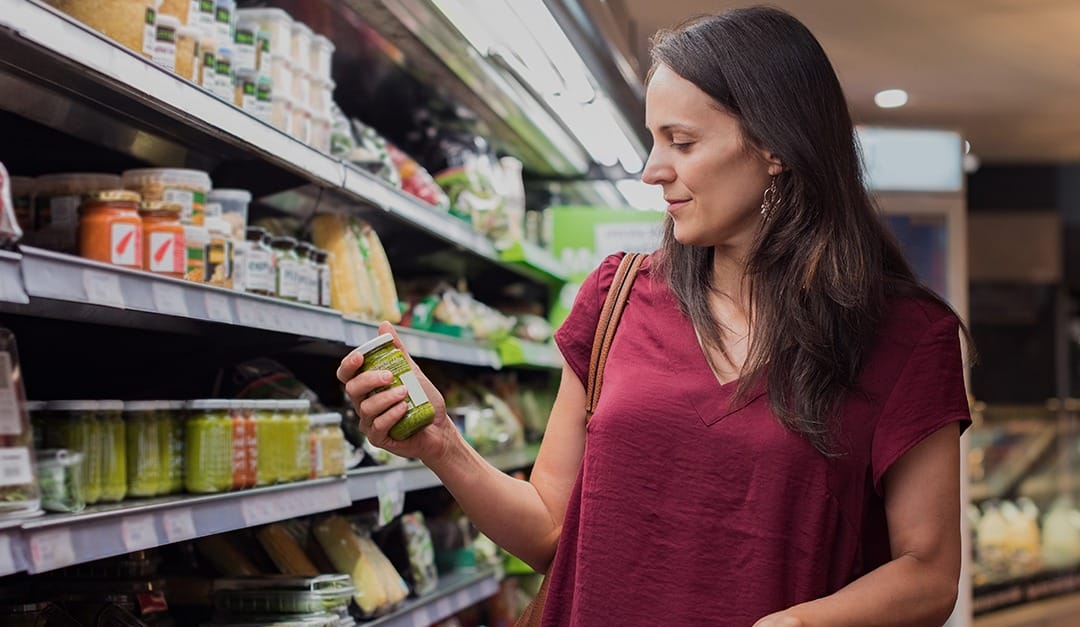I was talking to a friend recently who said, “I HATE grocery shopping!” “Why?” I asked. “Because I never know what to buy. There are so many labels – natural, organic, grass-fed – how do I know what’s best?”
I understand her confusion. It seems like every time I go to the store, there are new labels on our food. The United States Department of Agriculture and the US Food and Drug Administration have specific definitions for each of the terms you’ll see.
Natural refers to a product that doesn’t contain any artificial ingredients or added color and is minimally processed.
The term Organic defines the way farmers grow and process meat, poultry, vegetables, fruit, and dairy. They’re required to use organic feed and natural fertilizers and forgo conventional pesticides. Organic meat, poultry, eggs, and dairy products are derived from animals who don’t receive antibiotics or growth hormones. And, the USDA requires that for an animal to be deemed organic, it must spend time outside and have enough space to “live comfortably”. When it comes to produce, “organic” means the fruits and veggies were grown without the addition of pesticides or chemicals.
Grass-fed cattle are raised on pastures and allowed to graze versus their grain-fed counterparts. Grass-fed is not necessarily organic, however. In order for your grass-fed meat to be organic, the cattle must spend their entire lives on a pesticide-free range.
Free-range chickens have been allowed access to the outside. They may or may not be organic based on their diet.
Wild-caught seafood has been harvested from the sea versus being raised on a farm.
GMOs have been in the news a lot lately and there is much disagreement on whether Genetically Modified Organisms pose any health risks. The USDA proposed new labeling guidelines in May 2018 that will require manufacturers to identify bioengineered ingredients on food packaging by 2020. So, what is a GMO? It’s a plant or animal whose genes have been modified in a lab, often by cross-breeding genetic material.
The chemical BPA (Bisphenol A) has been used in certain food packaging since the 1960s. Although the FDA has deemed the level of BPA found in foods to be safe, some manufacturers are now offering BPA-free packaging.
Gluten-free and other allergy-friendly foods are becoming more readily available. If you have an allergy, you should avoid purchasing foods that are produced on equipment shared with your allergen. The Gluten-Free Certification Organization tests foods and performs site inspections to determine if a product can display its “Certified Gluten-free” label.
So, what’s the bottom line? You have lots of choices in food products. If you want to limit your food-borne exposure to chemicals and synthetic materials, organic, whole, unprocessed ingredients and foods are the way to go.


